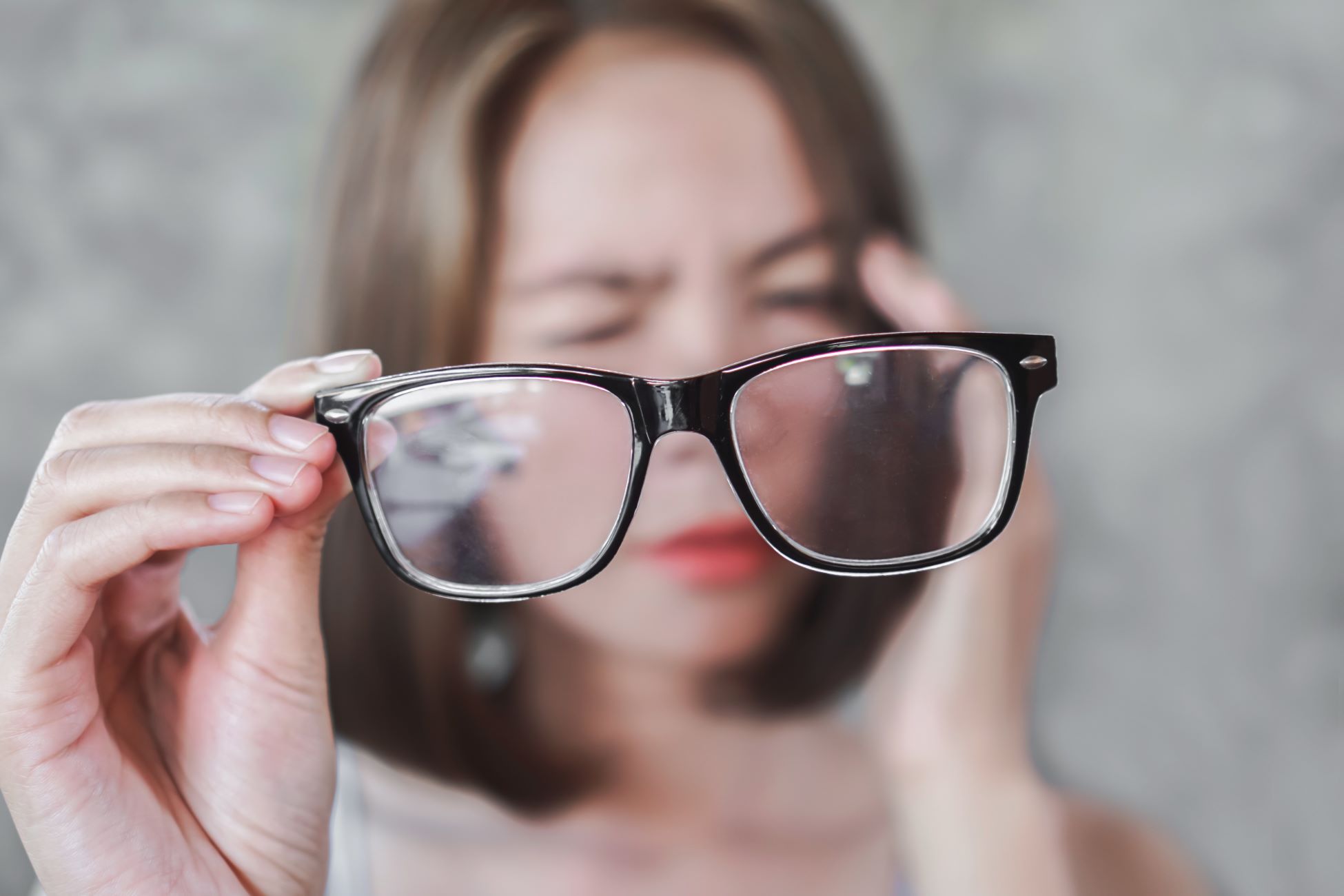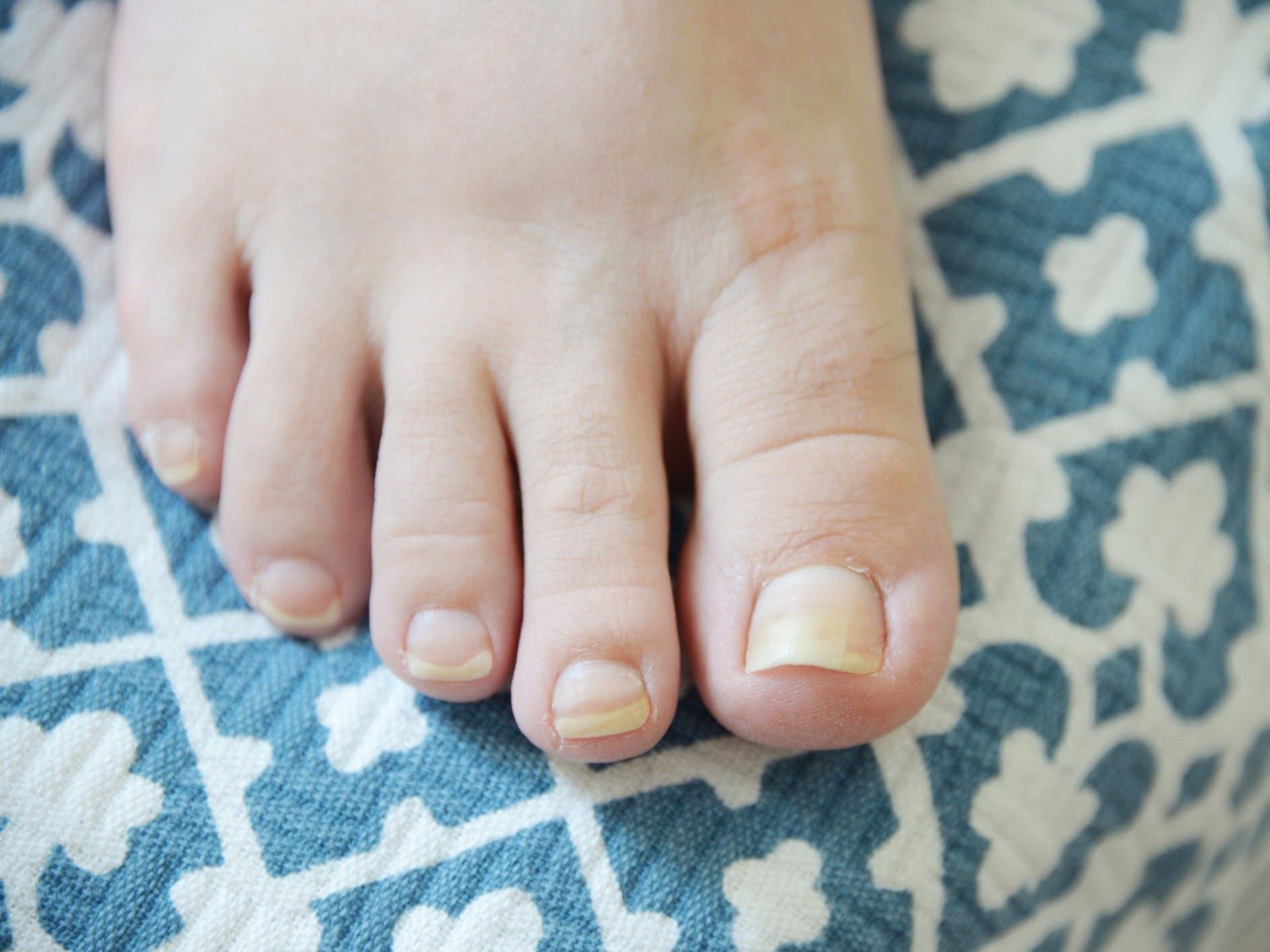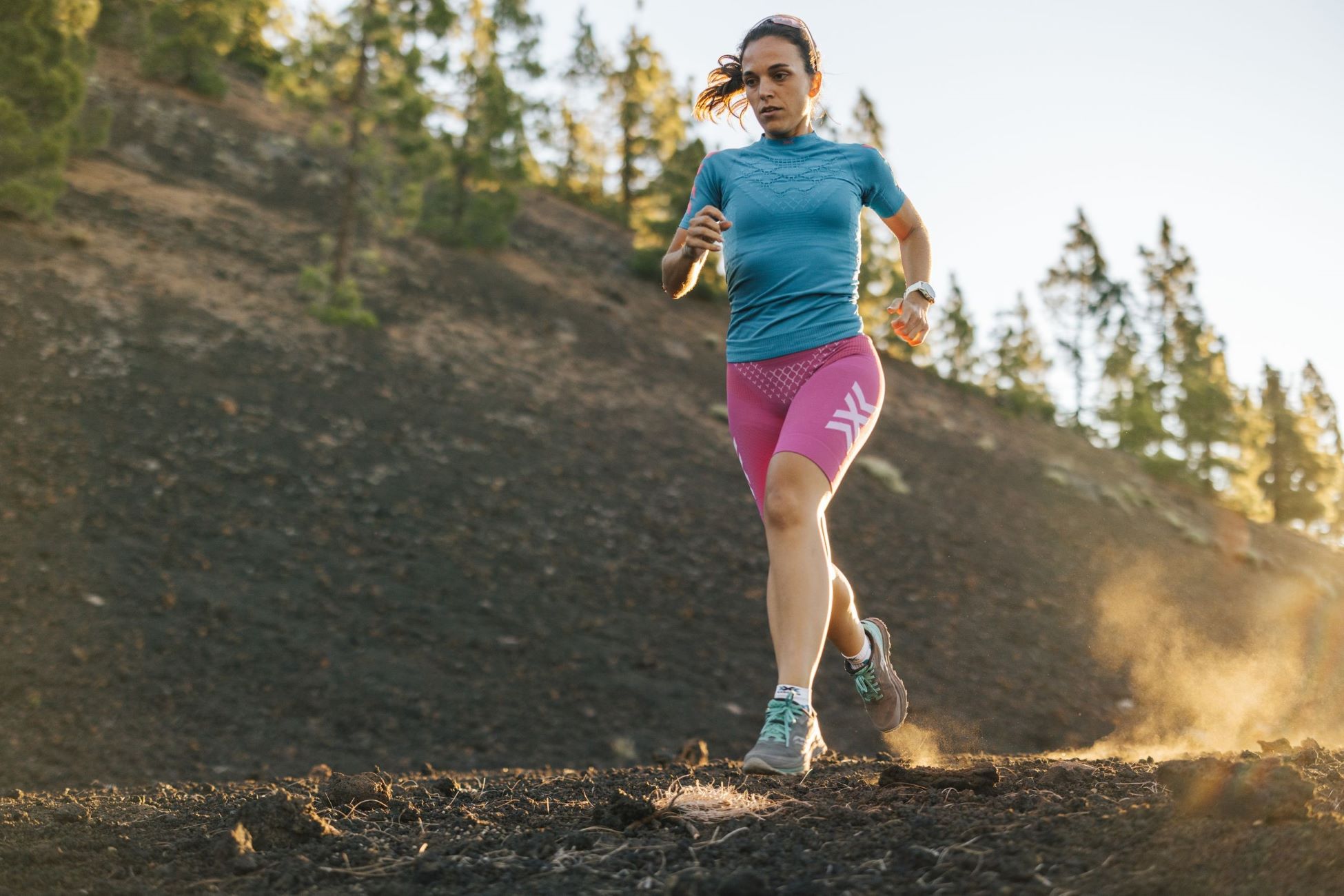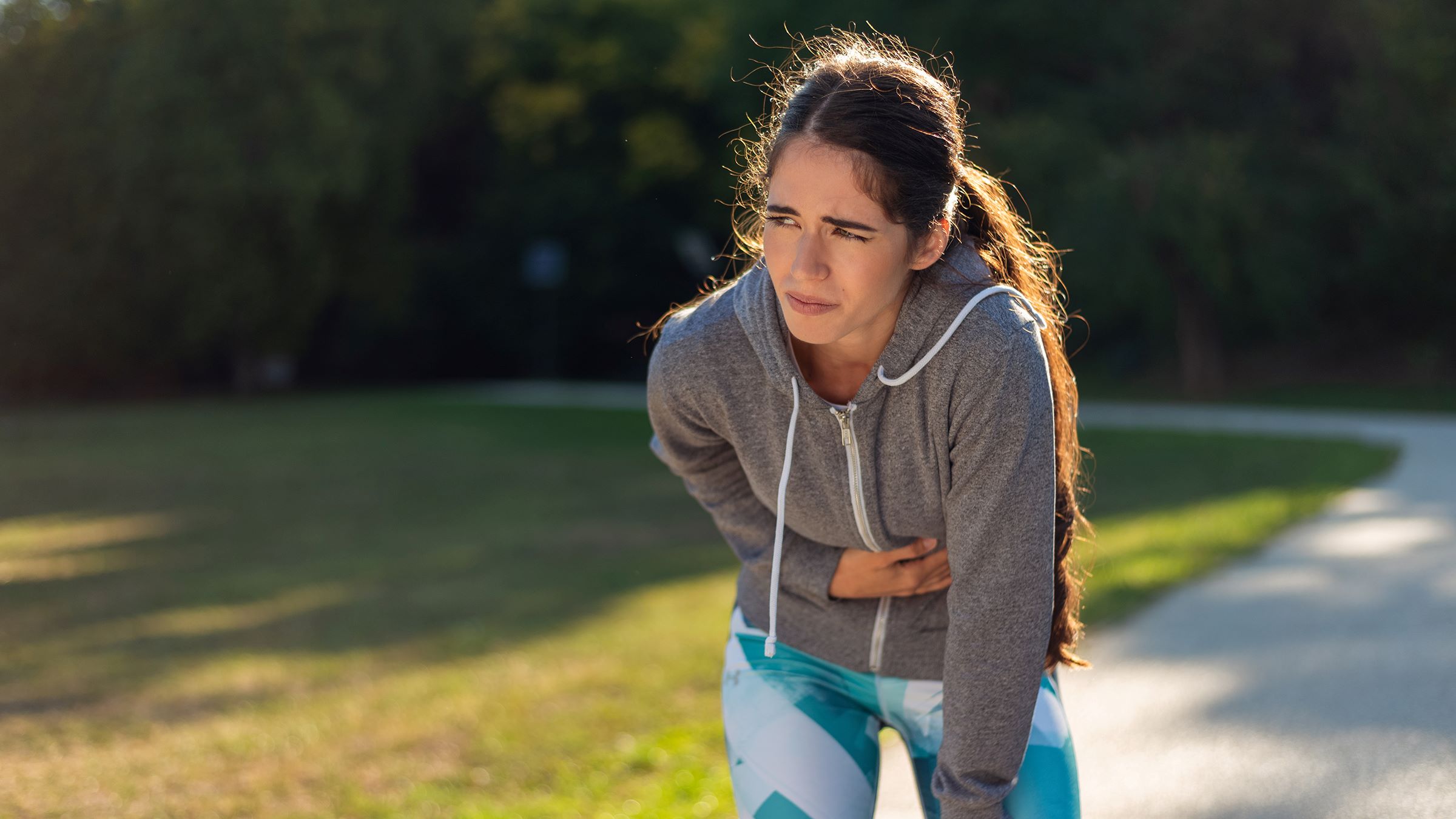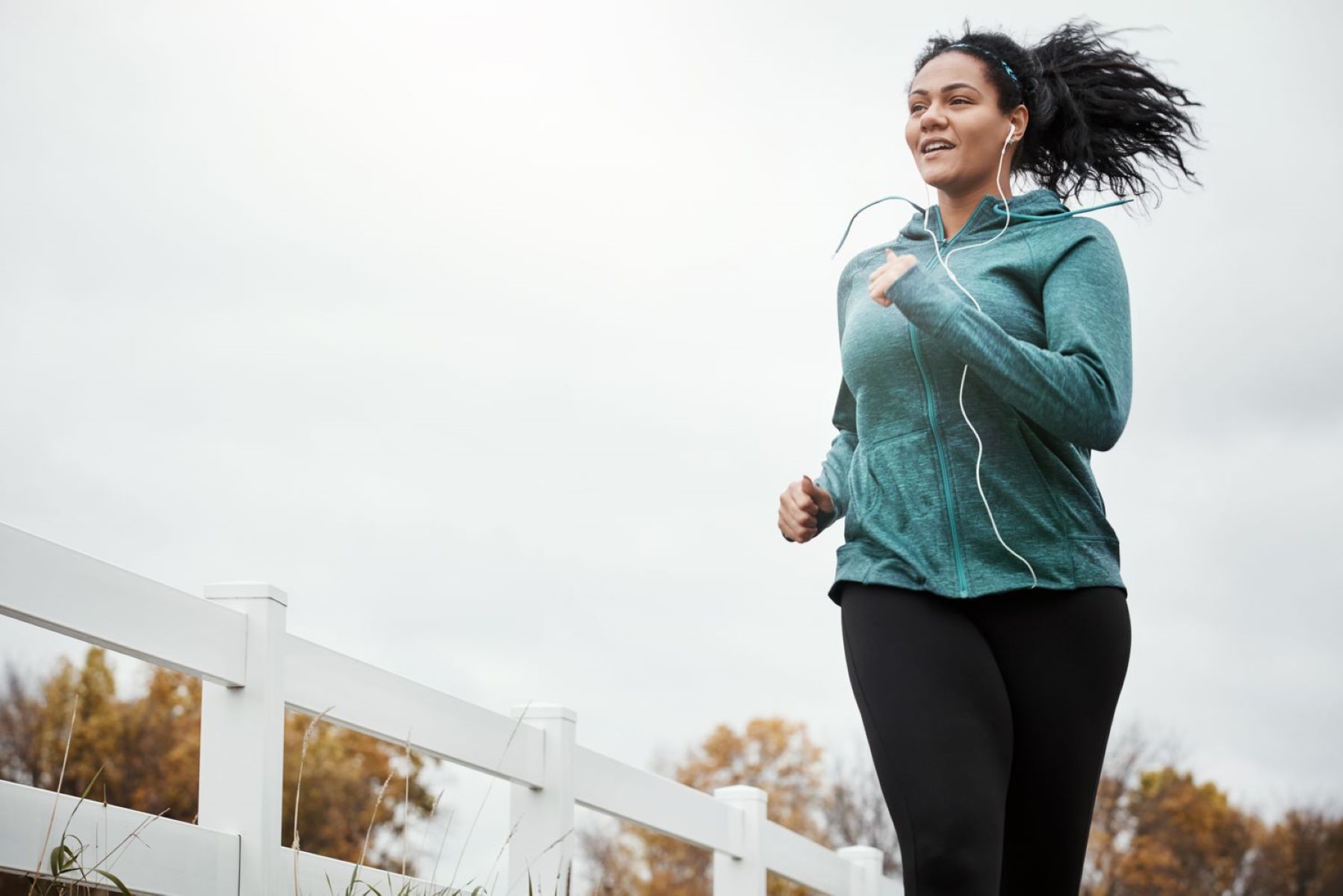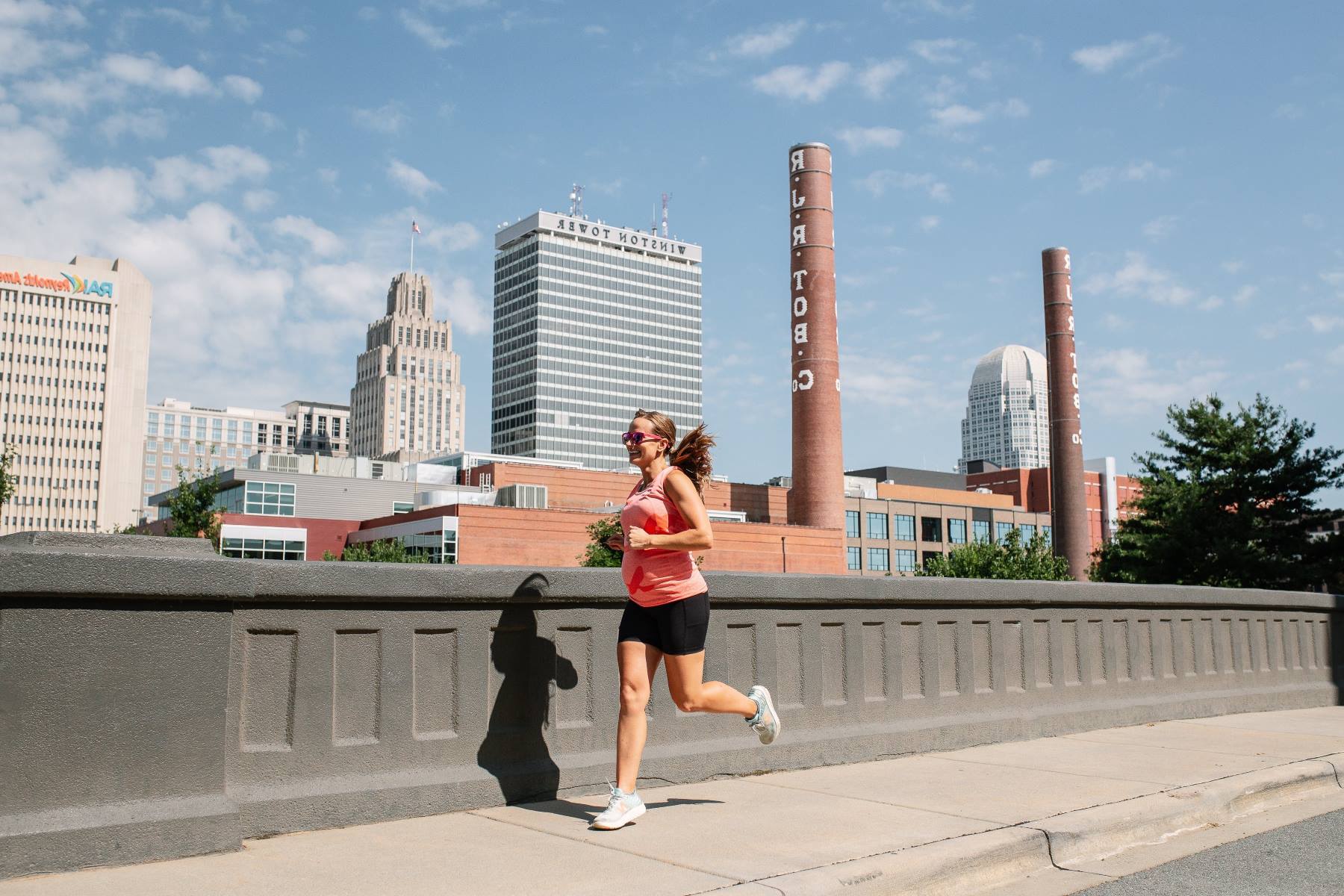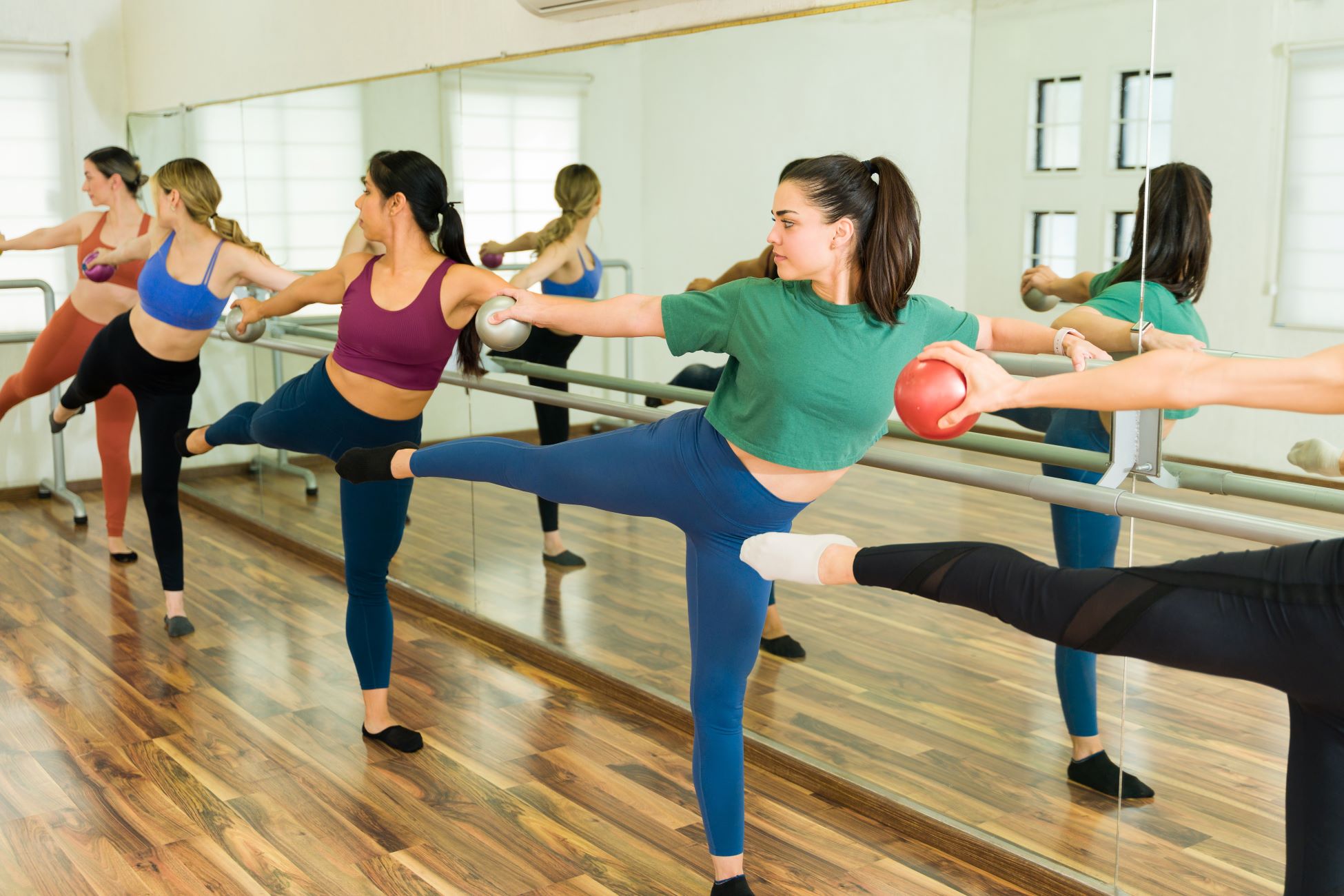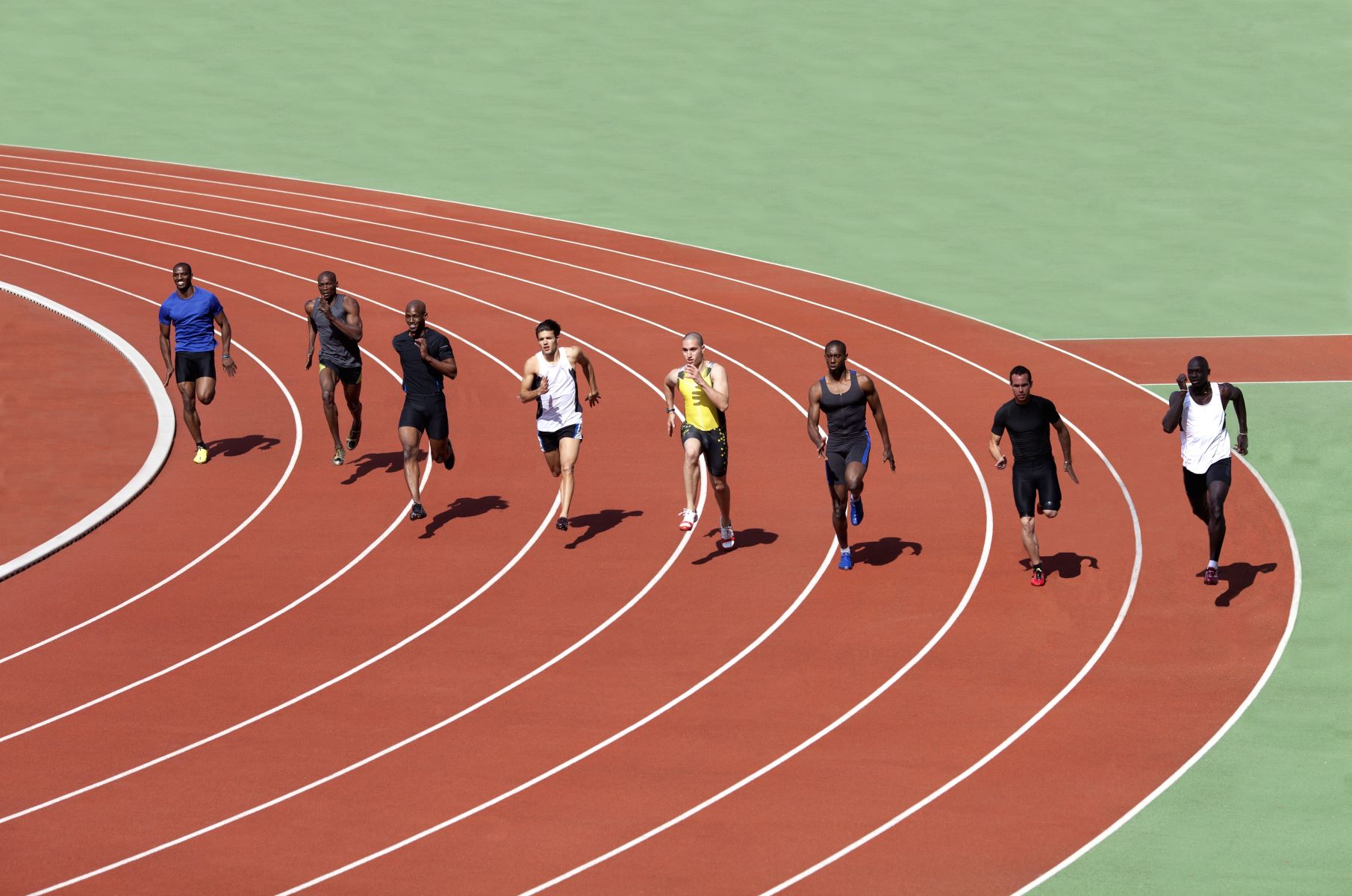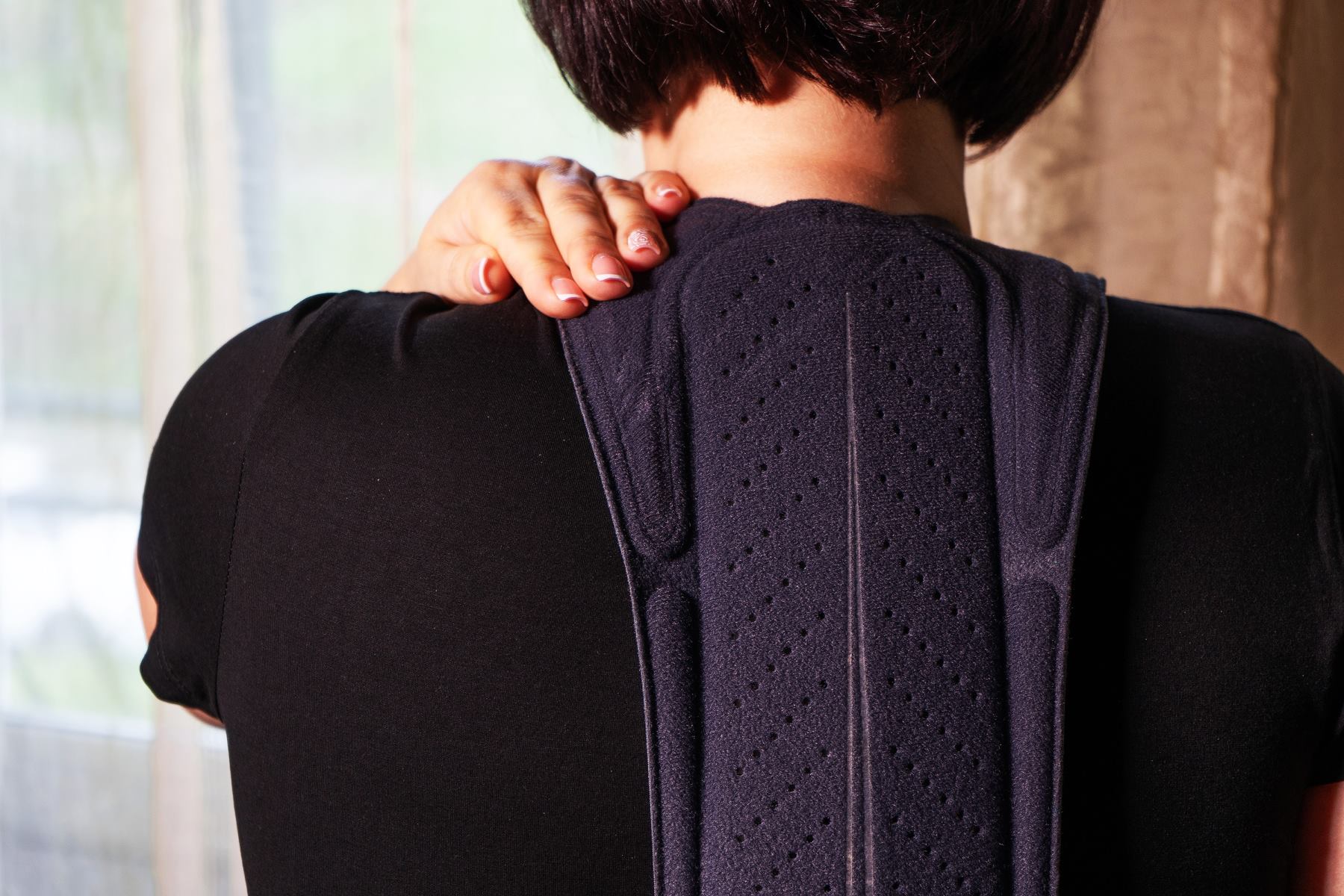Home>Training & Techniques>Should I Straighten My Curled Toe While Running?
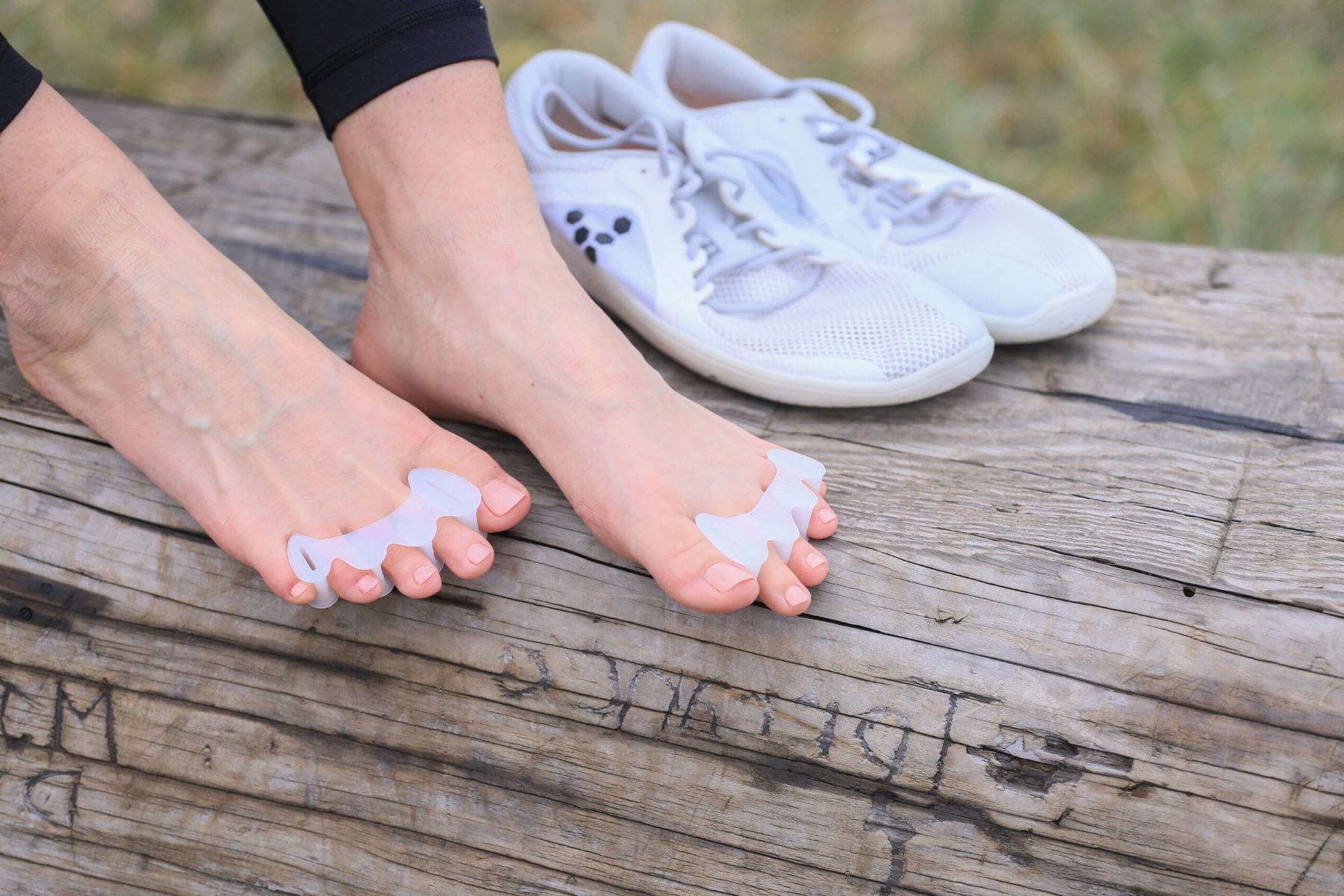

Training & Techniques
Should I Straighten My Curled Toe While Running?
Published: March 2, 2024
Discover the best training and techniques for straightening curled toes while running. Learn how to improve your form and prevent discomfort.
(Many of the links in this article redirect to a specific reviewed product. Your purchase of these products through affiliate links helps to generate commission for Therunningadvisor.com, at no extra cost. Learn more)
Table of Contents
The impact of curled toes on running
When it comes to running, every part of the body plays a crucial role in ensuring optimal performance and minimizing the risk of injury. Among these components, the toes are often overlooked, yet they can significantly impact a runner's experience. Curled toes, a natural phenomenon for many individuals, can have both positive and negative effects on running.
Stability and Balance
Curled toes can provide a natural grip and stability, especially when navigating uneven terrain or making quick turns. This gripping action can enhance a runner's balance and help prevent slips or falls, particularly in challenging running conditions.
Energy Efficiency
Interestingly, curled toes can contribute to improved energy transfer during running. By engaging the toes to grip the ground, runners may experience enhanced propulsion, allowing for more efficient use of energy with each stride. This can be particularly beneficial during sprints or uphill segments, where every bit of energy conservation matters.
Potential Discomfort
While curled toes can offer stability and energy efficiency, they may also lead to discomfort or cramping, especially during longer runs. The continuous flexing of the toes can strain the muscles and tendons, potentially causing discomfort or even pain. This discomfort can be exacerbated if the runner is wearing ill-fitting shoes that restrict natural toe movement.
Impact on Running Form
Curled toes can influence a runner's overall form and gait. In some cases, excessive toe curling may lead to an altered foot strike pattern, potentially affecting the distribution of impact forces throughout the lower body. This alteration in running mechanics could increase the risk of overuse injuries in the feet, ankles, or knees over time.
Understanding the impact of curled toes on running is essential for individuals looking to optimize their running experience while minimizing the risk of discomfort or injury. By recognizing the potential benefits and drawbacks of curled toes, runners can make informed decisions regarding their running form and footwear choices.
Potential risks of straightening curled toes while running
Straightening curled toes while running may seem like a logical solution to alleviate discomfort or improve running form. However, this approach can pose several potential risks that runners should carefully consider. Understanding these risks is crucial for making informed decisions about toe positioning and overall running technique.
Increased Strain on Muscles and Tendons
When a runner consciously attempts to straighten their curled toes while in motion, it can lead to increased strain on the muscles and tendons of the feet. This strain may result from the unnatural positioning of the toes, which can disrupt the body's natural biomechanics during the running gait. Over time, this added strain may contribute to muscle fatigue, discomfort, or even injury, particularly in the muscles and tendons responsible for toe flexion and extension.
Altered Foot Strike Pattern
Straightening curled toes can potentially alter a runner's foot strike pattern, impacting the distribution of impact forces throughout the lower body. This alteration may lead to an uneven distribution of pressure on the feet, potentially increasing the risk of overuse injuries such as plantar fasciitis, stress fractures, or tendonitis. Furthermore, an altered foot strike pattern can affect the overall running form, potentially compromising running efficiency and increasing the risk of fatigue.
Disruption of Natural Grip and Stability
Curled toes naturally provide a level of grip and stability during running, particularly when navigating challenging terrain or making quick turns. By straightening the toes, runners may compromise this natural gripping action, potentially reducing stability and increasing the risk of slips or falls, especially in uneven or slippery conditions. This disruption of natural grip can impact a runner's confidence and overall performance, particularly in off-road or trail running scenarios.
Potential Development of New Discomfort
In some cases, the act of straightening curled toes while running may lead to the development of new discomfort or pain. This discomfort can stem from the forced realignment of the toes, potentially causing strain on the toe joints or surrounding tissues. Additionally, the adjustment in toe positioning may lead to increased pressure on specific areas of the feet, potentially resulting in hot spots, blisters, or calluses, particularly if the runner is wearing footwear that does not accommodate this altered toe positioning.
Impact on Running Efficiency
Efforts to straighten curled toes may inadvertently impact running efficiency. The natural gripping action of curled toes contributes to energy transfer and propulsion during running. By attempting to straighten the toes, runners may compromise this energy transfer, potentially leading to decreased efficiency and increased energy expenditure, particularly during dynamic movements such as sprinting or hill running.
Understanding the potential risks of straightening curled toes while running is essential for runners seeking to optimize their performance and minimize the risk of discomfort or injury. By carefully evaluating these risks, individuals can make informed decisions regarding their running technique and footwear choices, ultimately enhancing their overall running experience.
Benefits of allowing toes to remain curled while running
Allowing the toes to remain curled while running can offer a range of benefits that contribute to overall performance and comfort. Understanding and embracing these benefits can provide valuable insights for runners looking to optimize their running experience.
Enhanced Stability and Grip
Curled toes naturally provide a level of grip and stability, particularly when navigating challenging terrain or making quick turns. This gripping action can significantly enhance a runner's balance and help prevent slips or falls, especially in off-road or trail running scenarios. By allowing the toes to remain curled, runners can leverage this natural stability to confidently tackle various running conditions, ultimately enhancing their overall running experience.
Improved Energy Transfer and Propulsion
The act of curling the toes can contribute to improved energy transfer during running. By engaging the toes to grip the ground, runners may experience enhanced propulsion, allowing for more efficient use of energy with each stride. This can be particularly advantageous during dynamic movements such as sprints or uphill segments, where the enhanced energy transfer from curled toes can make a noticeable difference in performance.
Natural Shock Absorption
Curled toes can play a role in natural shock absorption during running. The flexing and gripping action of the toes can help dissipate impact forces, reducing the strain on the feet and lower limbs. This natural shock absorption mechanism can contribute to a more comfortable and sustainable running experience, particularly on hard or uneven surfaces where impact forces are more pronounced.
Enhanced Foot Strength and Flexibility
Allowing the toes to remain curled while running can promote the development of foot strength and flexibility. The continuous engagement of the toes in a curled position can help strengthen the muscles and tendons of the feet, contributing to improved overall foot function. Additionally, this natural toe positioning can support the maintenance of healthy foot arches and contribute to better overall foot flexibility, which is essential for optimal running mechanics.
Natural Alignment and Biomechanics
Curled toes can align the foot in a more natural and biomechanically efficient position during running. This alignment can contribute to a more stable and balanced running gait, potentially reducing the risk of overuse injuries or discomfort associated with unnatural foot positioning. By allowing the toes to remain curled, runners can harness the benefits of natural foot alignment, supporting overall running efficiency and minimizing the risk of biomechanical issues.
Embracing the benefits of allowing toes to remain curled while running can empower runners to optimize their performance and overall running experience. By recognizing the advantages of curled toes, individuals can make informed decisions regarding their running form and footwear choices, ultimately enhancing their running journey.
Tips for improving toe strength and flexibility for running
Enhancing toe strength and flexibility is essential for runners seeking to optimize their performance and minimize the risk of discomfort or injury. By focusing on specific exercises and techniques, individuals can effectively improve the strength and flexibility of their toes, ultimately supporting a more efficient and comfortable running experience.
Toe Yoga and Stretching
Engaging in toe yoga and regular stretching exercises can significantly improve toe strength and flexibility. Simple yoga poses that involve toe manipulation, such as toe spreading and toe-gripping exercises, can help activate and strengthen the muscles and tendons of the toes. Additionally, incorporating toe stretches into a daily routine can enhance flexibility and range of motion, supporting natural toe positioning and function during running.
Barefoot Exercises
Practicing barefoot exercises can be highly beneficial for enhancing toe strength and flexibility. By allowing the feet to move freely without the constraints of footwear, individuals can engage the toes in a variety of movements that promote strength and flexibility. Activities such as walking, jogging, or performing agility drills barefoot can encourage natural toe splaying and gripping, ultimately contributing to improved toe function during running.
Toe Spreader Devices
Utilizing toe spreader devices can aid in improving toe strength and flexibility. These devices are designed to gently separate and stretch the toes, promoting better alignment and muscle activation. By incorporating toe spreader devices into a post-run recovery routine or wearing them during periods of rest, runners can encourage optimal toe positioning and support the development of toe strength and flexibility over time.
Towel Scrunches
Towel scrunches are a simple yet effective exercise for enhancing toe strength. By placing a small towel on the floor and using the toes to scrunch and gather the towel toward the arch of the foot, individuals can target the muscles responsible for toe flexion. This exercise can be performed regularly to improve toe strength and coordination, ultimately supporting a more stable and efficient toe grip during running.
Foot Mobility Drills
Engaging in foot mobility drills can promote overall foot strength and flexibility, including the toes. Incorporating exercises that involve toe curls, toe extensions, and toe spreads can help activate and strengthen the intrinsic muscles of the feet, enhancing overall toe function. By integrating foot mobility drills into a comprehensive warm-up or training routine, runners can improve toe strength and flexibility while supporting optimal foot mechanics during running.
By implementing these tips for improving toe strength and flexibility, runners can enhance their overall foot function and support a more efficient and comfortable running experience. Prioritizing toe strength and flexibility can contribute to improved stability, balance, and propulsion, ultimately empowering individuals to maximize their running potential while minimizing the risk of discomfort or injury.

